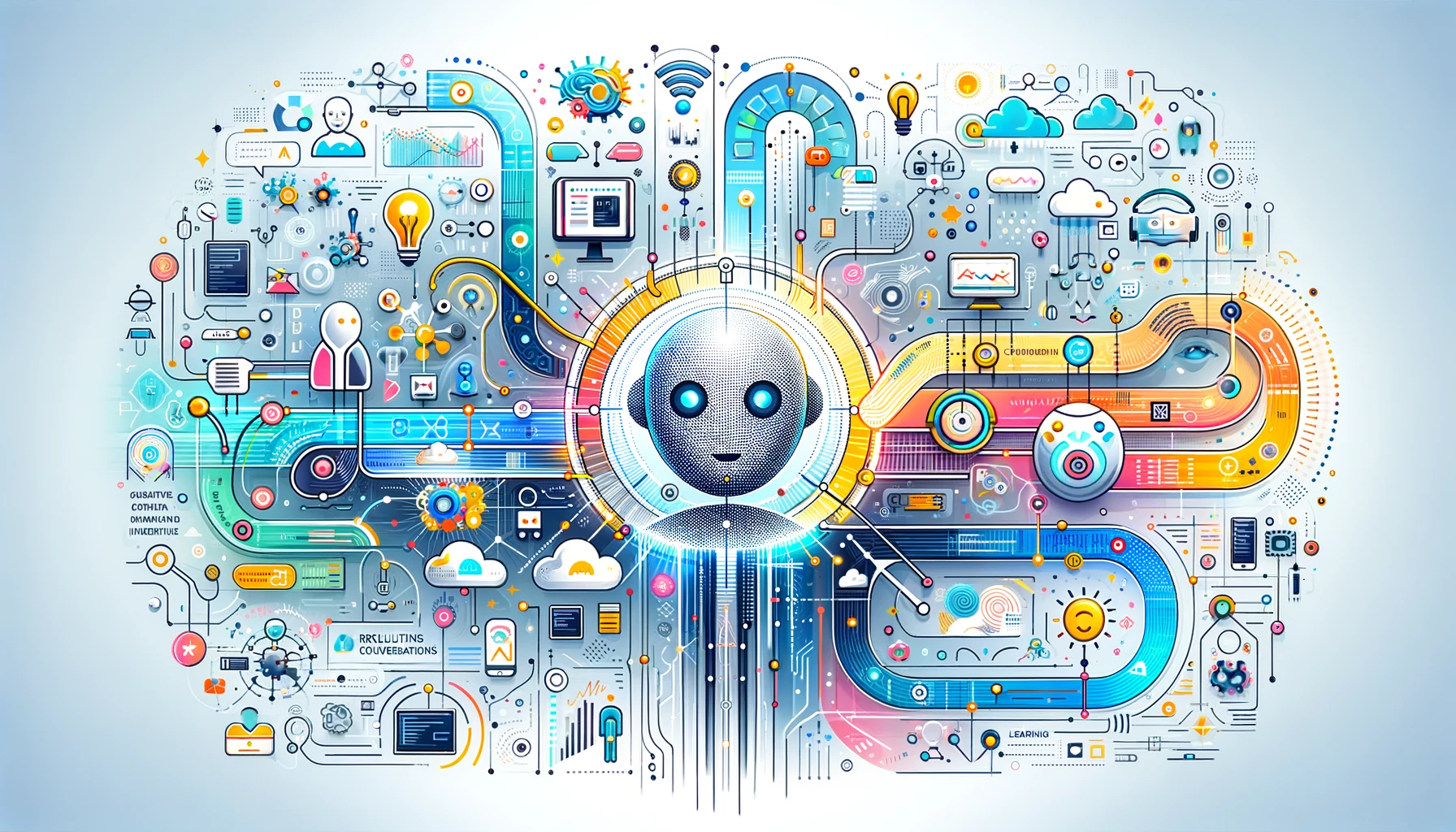
- November 8, 2023
- Devendra
Revolutionizing Communication: The Rise of AI Chatbot Technologies
In today's digital-first world, AI chatbots have emerged as a crucial technology, transforming how businesses interact with customers and streamline operations. These AI-driven programs simulate human conversation, allowing for automated yet personalized interactions. Here's how AI chatbot technology is advancing and why it's becoming an indispensable tool for businesses.
The Evolution of AI Chatbots
AI chatbots have come a long way from the simple rule-based systems that could only respond to specific commands. Today, they are powered by advanced AI, including machine learning (ML), natural language processing (NLP), and natural language understanding (NLU), which allow them to understand, learn, and respond to human language with surprising accuracy.
Natural Language Processing (NLP)
NLP is a branch of AI that helps computers understand, interpret, and replicate human language. The latest chatbots use NLP to break down and analyze the user's speech or text, enabling them to understand intentions and respond appropriately.
Machine Learning and Continuous Improvement
Through ML, chatbots can learn from past interactions and improve their responses over time. The more conversations a chatbot has, the better it gets at predicting user needs and delivering accurate responses.
Integration with Messaging Platforms and Voice Interfaces
Modern chatbots are integrated with popular messaging platforms like WhatsApp, Facebook Messenger, and Slack, making them more accessible to users. They are also increasingly found in voice-activated devices, powered by sophisticated voice recognition technology.
Business Applications of AI Chatbots
Chatbots are versatile, finding applications in various sectors including customer service, sales, marketing, and even internal operations.
Customer Service Efficiency
AI chatbots provide instant support to customers, answering queries and resolving issues 24/7. This not only enhances customer satisfaction but also reduces the workload on human agents.
Internal Operations
Businesses also use chatbots internally to automate mundane tasks, such as scheduling meetings or managing workflows, increasing overall operational efficiency.
The Future of AI Chatbots
The future of AI chatbots is dynamic and promising. Upcoming innovations include more advanced sentiment analysis to better gauge user emotions, multilingual support for global reach, and more robust integration with IoT devices. With advancements in AI and machine learning, chatbots are expected to become virtually indistinguishable from human customer service agents in the foreseeable future.
Popular Posts

November 8, 2023
Revolutionizing Conversations: The Latest AI Chatbot Innovators

November 8, 2023